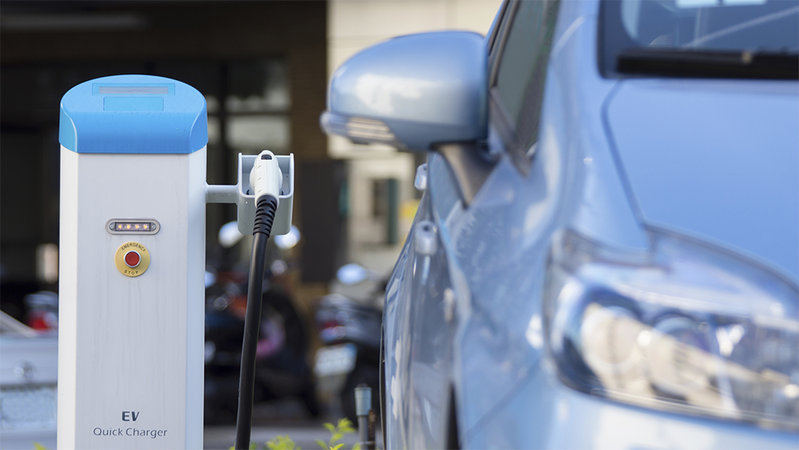After World War II, the world rebuilt itself and we entered into a postwar economic boom. Specific to the United States, it was the golden era of American capitalism and industries began to take off with Detroit becoming the hub for the automotive industry. Seventy years later, the automotive industry in the U.S. still employs directly (and indirectly) more than 7 million people, generating $500 billion in annual compensation and $205 billion in state and federal tax revenue each year.
While the hub of the auto industry revolved around Detroit, Silicon Valley is now becoming a key player, thanks in part to Electric Vehicle (EV) startups and disruptors who are manufacturing connected car technology.
The rumblings of this change indicate we’re on the cusp of another auto revolution, which certainly will change the auto landscape as we know it today. It’s happening; but, how quickly and what it will look like exactly ... is still an unknown.
Most of us are aware of the automotive big names and investments. All the tech and auto titans from Google, Tesla, Apple, Audi are working on self-driving cars. Funding is going gang-busters for investments in ride sharing companies, such as GM’s investment in Lyft, Toyota in Uber, and Apple in Didi Chuxing. Additionally, OEM’s are also investing in autonomous technologies, such as GM’s acquisition of Cruise Automation. And, companies are continuing to set up R&D centers and partnerships for autonomous capabilities/features, Amazon and Ford partnering to bring Alexa technology into cars as a case in point.
The Winds of Change
4 Forces of Change - Autonomous, Connectivity, Electronic & Shared (ACES)
Autonomous: If you live in the Mountain View area in Silicon Valley, you’ve most likely already run (figuratively) into a Google autonomous car. A few years ago it seemed like a crazy idea Google was testing, not knowing what to do with all the cash it was sitting on. The deployment and commercialization of this technology is now one or two years away. Google helped pave the way for others like GM and Lyft, who are now planning to have autonomous ridesharing cars on the road by 2017.
Connectivity: Gone are the days of paying extra for “connectivity” such as infotainment and real-time geo information. In most luxury cars, this is the standard. Instead, there’s an emergence of third-party offerings that will help you drive more intelligently thanks to the connectivity in your car – think sensors to help avoid accidents or even vehicle-to-vehicle communications that are used help avoid traffic jams and collisions.
Electric: An estimated 5 billion people will be living in suburbs by 2030. Countries that are population-dense like India and China are already facing massive congestion and pollution. And, the primary culprit of global pollutants hurting our environment = the combustion engine. Governments are under pressure to reduce emissions. In fact, India aims to have only EV by 2030 and the Netherlands may get there by 2025! Our next decade will be the one of electronic vehicles. With decreasing battery prices (35% reduction in 2015) unsubsidized electric vehicles are estimated to become as affordable as their gasoline counterparts in the next six years. This will be the start of a real mass-market liftoff for electric cars.
Shared: With the emergence of car sharing services like Uber, Lyft and Zip Car, seamless multi-modal transportation is now the norm in high density population cities. Additionally, car companies are beginning to take note: Ford recently announced a leasing pilot in Austin that enables 3-6 people to jointly own a car. (Audi Unite is similar, but only available in Stockholm, Sweden). The easy access to multiple modes of transportation in these areas are leading to a change in car ownership.
Transportation and Car ownership is going through a massive transformation. This will affect not just users and car manufacturers, but an entire ecosystem that supports it. Next week, I will address how the consolidation of these technologies in the hands of a few affect other industries & marketplaces.
Editor's note: this article originally appeared on Sree Menon's LinkedIn page.

